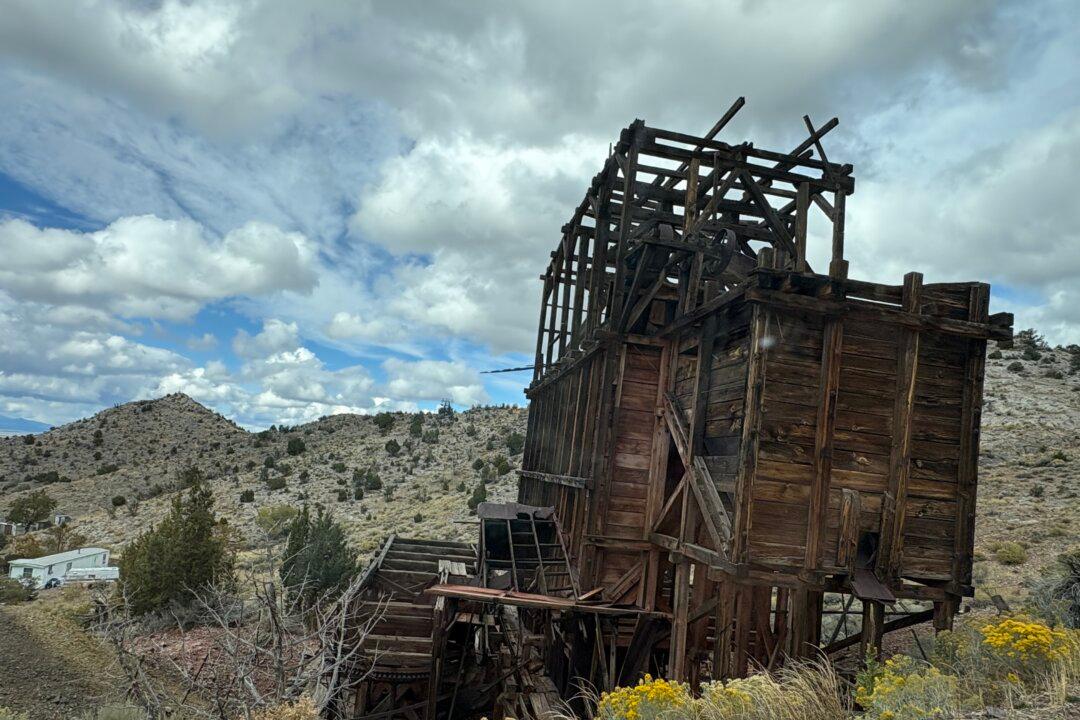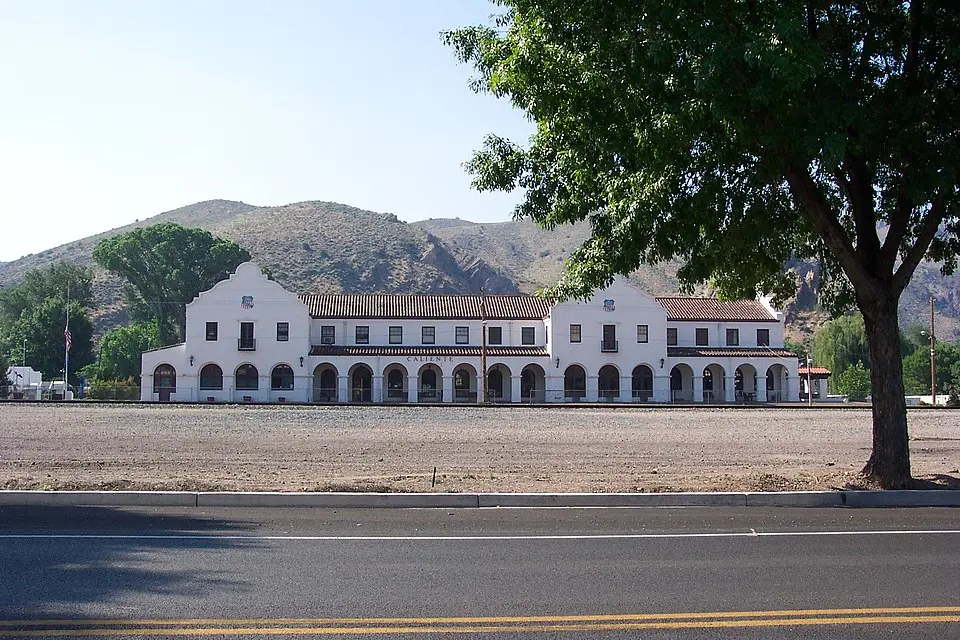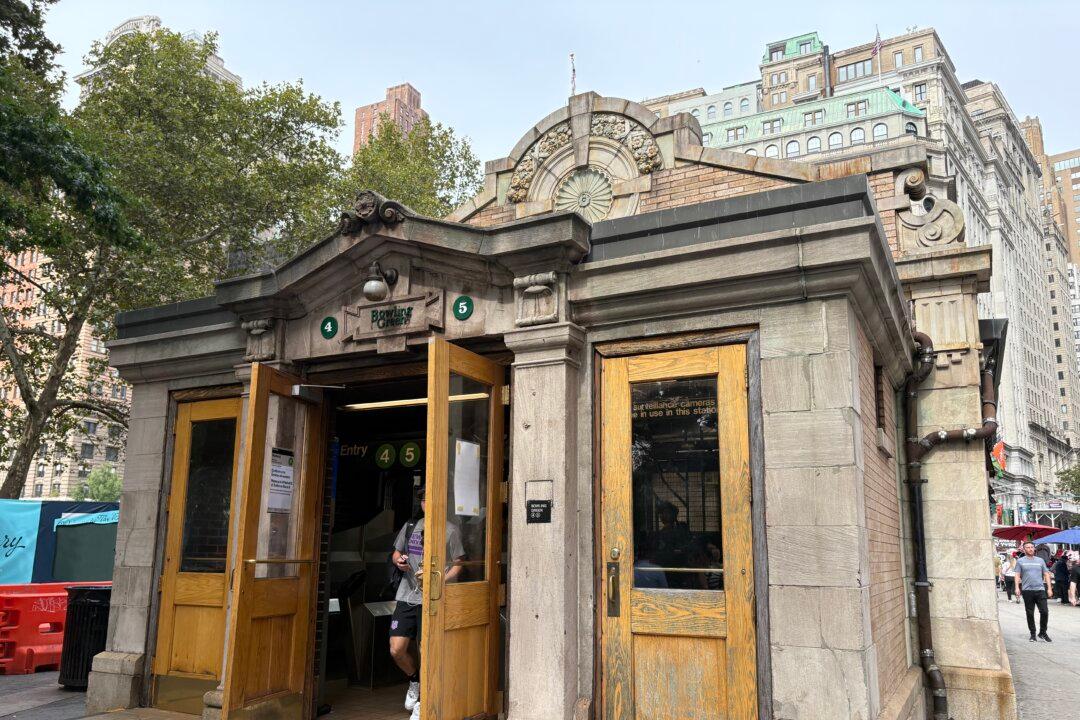Of the 63 sites in the National Park Service (NPS), two aren’t in U.S. states: American Samoa and Virgin Islands National Park. Both of these parks are located in American territories and on islands.
Virgin Islands National Park covers most of the island of St. John in the Caribbean, 60 percent of it. It contains tropical forests, protected feral and wild animals, well-maintained hiking trails, secluded coves, and preserved sugar mill ruins, the latter providing a historical element not found in any other National Park.





